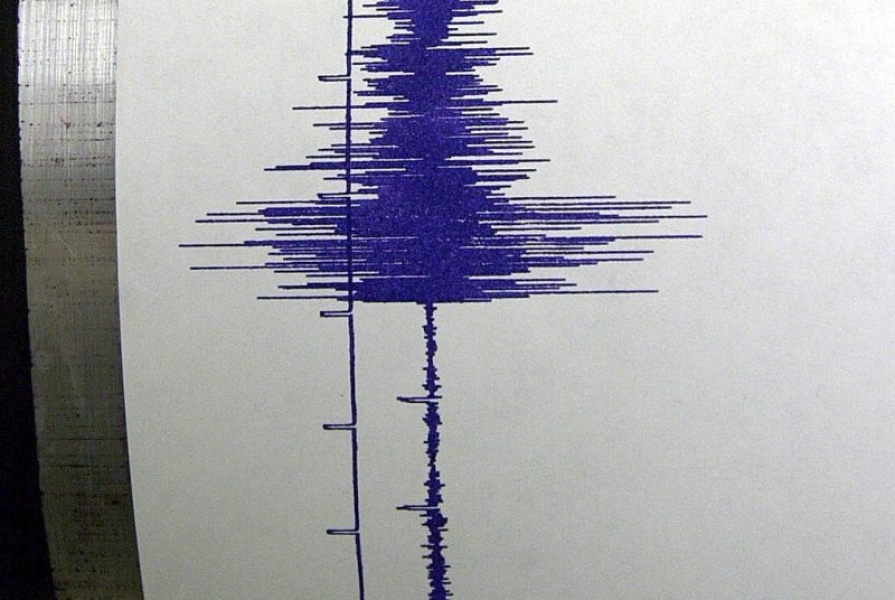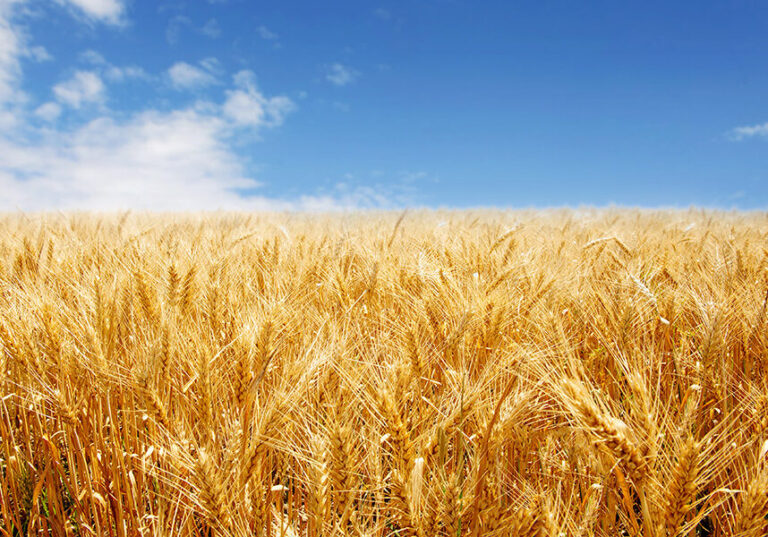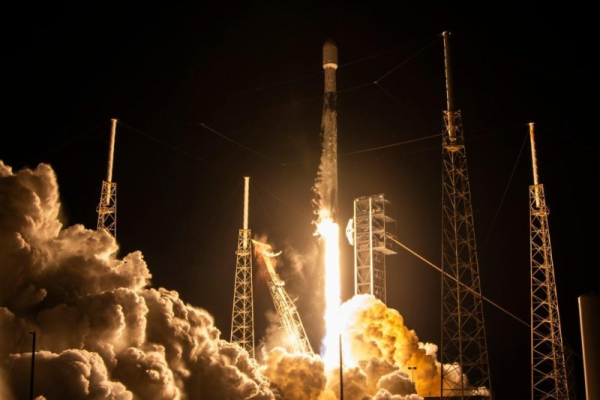
One of the most threatening fault zones for the United States is located off the coast of the Pacific Northwest. It has the potential to trigger tsunamis across the Pacific Ocean and significantly alter the coastal landscape forever.
The Cascadia Subduction Zone is a fault that extends about 600 miles from Northern California to British Columbia. Most earthquakes in the area go unnoticed because they occur 70 to 100 miles offshore, but they can cause devastating tremors. According to Oregon State University, there is a 37% chance of an earthquake of magnitude 8.0 or greater occurring within the next 50 years. Tremors with a magnitude of at least 8.0 are sometimes called “megaquakes.”
A new study published in the Proceedings of the National Academy of Sciences examines how such an earthquake might affect the Pacific Northwest, and not just through powerful tsunami waves that could reshape coastlines.
“Along the coasts of Washington, Oregon, and northern California, the next major earthquake in the Cascadia subduction zone could result in sudden subsidence of coastlines by up to 2 m [6.5 ft], a sharp rise in sea level, widening of floodplains, and increased flood risk for local communities,” the study said.
A sudden drop in land level of 6 feet could destroy local infrastructure, alter waterways and the ecosystem, including the habitat of certain plant species.
 |
| Cascadia Subduction Zone Hazard Data: Tsunamis, Landslides, Heightening, Turbidites, Land Level Changes, and Episodic Shocks and Strike-Slips. (USGS) |
One of the most serious consequences of the sharp drop in elevation will be a significant increase in flood risk across the region.
The study notes that if a major earthquake were to occur today, the area of flooded land could increase by 90 to 300 square kilometers (56 to 186 square miles), more than doubling the flood exposure of residents, buildings and roads.
Additionally, the dramatic increase in insurance costs resulting from such a disaster may cause businesses and homeowners to consider purchasing expensive flood insurance for the first time due to the expansion of flood zones in the region.
When was the last major earthquake in the Cascadia subduction zone?
The last significant earthquake along the Cascadia subduction zone occurred on January 26, 1700, when an earthquake thought to have been magnitude 9.0 struck. This was more than 100 years before Lewis and Clark headed to the Pacific coast, but the date and estimated magnitude were determined using geologic markers and tsunamis recorded in Japan.
“Given that it's been more than 300 years, we're concerned that the next major event is imminent and expect it to be something like the 2011 Japan and 2004 Sumatra earthquakes and tsunamis,” said Tina Dura, an associate professor of natural hazards at Virginia Tech.
Dura and her team also predict that the land will settle at least 1 meter (3.3 feet) after the next major Cascadia earthquake. “We need to take that into account,” Dura said. “To ensure coastal communities remain resilient, stakeholders and decision makers need to prepare for land subsidence due to future Cascadia earthquakes.”
Sourse: www.upi.com





